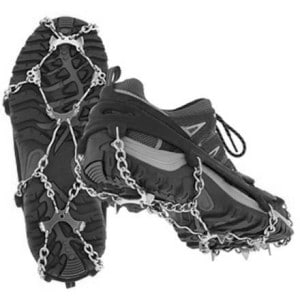So I live in iowa and am planning on at least playing some during the winter. I have snowboarding gear that will work for everything, EXCEPT for my feet.
I need to know what type of footwear to use for walking through a foot of snow and still being warm and comfortable.
do most people buy special boots? or do people just wear their normal hiking type shoes that people wear for disc golf?
I need to know what type of footwear to use for walking through a foot of snow and still being warm and comfortable.
do most people buy special boots? or do people just wear their normal hiking type shoes that people wear for disc golf?


